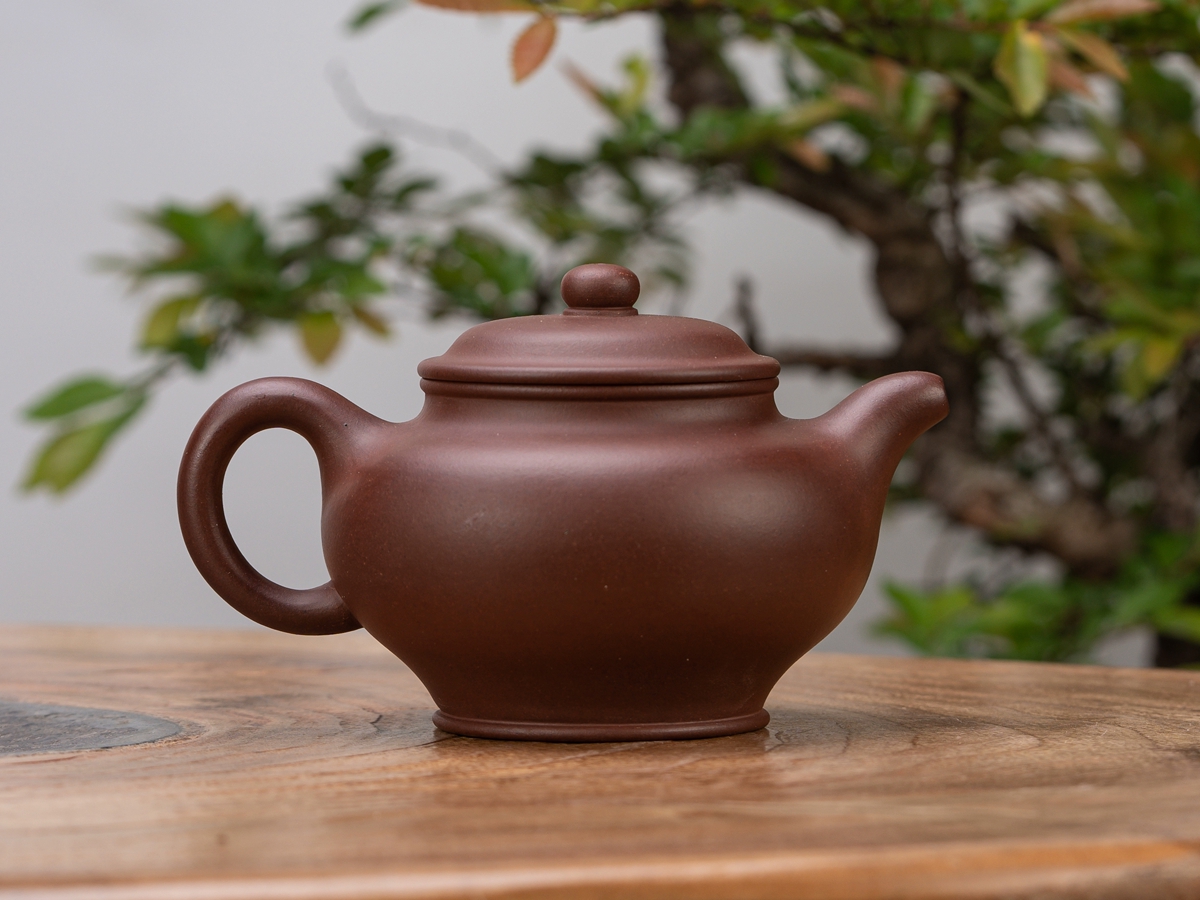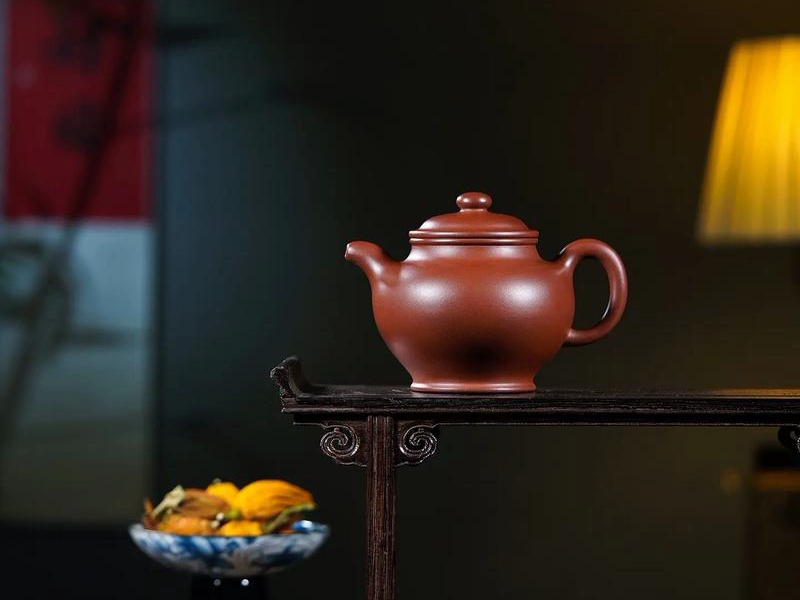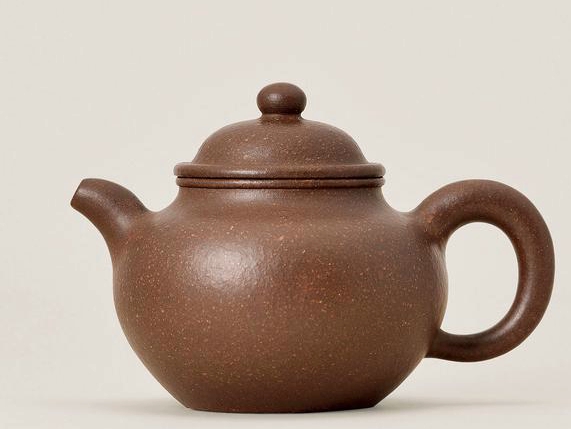Dozhi Teapot (掇只壶)
The Dozhi teapot is one of the most famous teapot forms from Yixing (Jiangsu Province, China). This work of art has deep cultural and historical significance. In this article, we will look at the history of this form, its design features, and its influence on modern culture.
History of the Dozhi Form (掇只壶)
Dozhi teapots (Chinese: 掇只壶, pinyin: Duōzhǐ hú) appeared in China during the period when Chinese tea culture began to rapidly grow and develop. Their roots are believed to go back to the Ming Dynasty (1368–1644), when the tradition of making clay teapots acquired a particularly high status. These teapots became especially popular during the Qing period (1644–1912), when tea culture flourished and demanded increasingly refined and harmonious forms.
The name "Dozhi" comes from its resemblance to traditional vessels for storing sweets and seasonings that were popular in Yixing. The Dozhi teapot was immortalized in the "Yixing County Chronicles" (宜兴县志), where it is described as "an item more valuable than gold, worth several cities." This epithet emphasizes its high value and rarity.
A special place among Dozhi teapots is occupied by the product of the master Shao Daheng (Chinese: 邵大亨, pinyin: Shào Dàhēng). This outstanding ceramicist of the Qing Dynasty (1644–1912) became famous for his unique teapot shapes that combined functionality and aesthetic harmony. Thanks to his art, Dozhi has become a true symbol of the high level of craftsmanship of Yixing ceramics.
Design features
The Dozhi teapot is distinguished by the following design elements:
- Laconic form: The teapot has a rounded or slightly elongated body, emphasizing simplicity and elegance.
- Comfortable handle: It is designed for comfortable use, providing easy control even when the kettle is full.
- Proportionality: All elements – from the lid to the spout – are perfectly balanced, creating a harmonious appearance.
- Material: Most often, the famous Yixing clay (zisha, 紫砂) is used, which has exceptional properties of retaining heat and revealing the taste of tea.
Symbolism and Philosophy
Like many Chinese teapots, the Dozhi's shape is imbued with deep symbolism. In Chinese culture, tea, like a teapot, is considered an object that should combine aesthetics, functionality, and philosophy.
- Unity and Balance: The symmetrical shape of the teapot, including the minimalist handle, symbolizes harmony and balance in nature. The idea of yin-yang (opposites and their unity) is also included in the philosophy of making these teapots, where the main role is played by the combination of form and function.
- Simplicity and Sophistication: The simple yet sophisticated design of the teapot reflects the idea of wenru (Chinese: 文殊), which translates as “beauty in simplicity.” This approach to design is an important part of Chinese aesthetic perception - the desire for naturalness and harmony in art and everyday life.
Interesting facts
- Teapots from Yixing , including Dozhi, are always handcrafted, making each piece unique.
- The Zisha clay used to create these teapots has a porous structure, which helps the tea's aroma to "remember" after repeated use.
- Master Shao Daheng is considered not only a talented ceramist, but also an innovator who was able to give a new sound to the traditional Dozhi form.
- In recent years, with the development of global tea culture, Dozhi teapots have become more accessible on the international market. Their style combines traditional elements with modern design, making them sought after by both collectors and tea lovers around the world.
Significance in modern culture
Today, the Dozhi teapot continues to be a symbol of sophistication and refined taste. Collectors and connoisseurs of tea culture around the world highly value these products for their historical significance and aesthetic beauty.
Dozhi teapots are often used in tea ceremonies, where they help to emphasize the importance of tradition and harmony. In the modern world, where interest in the culture and art of the past remains, these teapots act as a link between generations.
Dozhi teapots are not only an example of Chinese tea art, but also symbolic harmony, simplicity and sophistication. Their shape and design features make them convenient and attractive, and deep symbolism connects them with complex philosophy. Today, these teapots remain relevant in world culture, attracting both collectors and tea connoisseurs around the world.
The Dozhi teapot is not just a utilitarian object, but also a symbol of Chinese cultural heritage. Its shape, proportions and history make it a true work of art that continues to inspire tea lovers and ceramic collectors around the world.
- Комментарии
- Вконтакте










